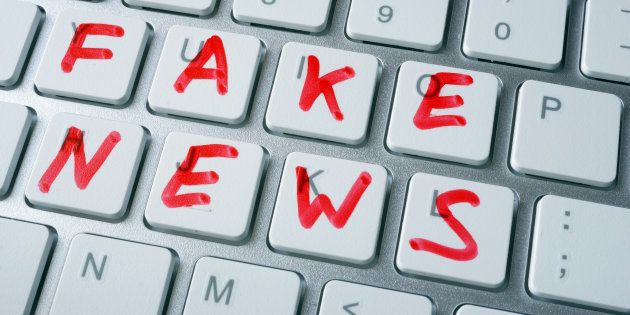
Myself and thousands of people across the globe spend careers learning how to fool you - and I'll admit: I love it. Between us and our clients, we can and do make you believe virtually anything. Without you knowing, we have re-wired your brain to accept the new reality that we are the architects of. Sometimes this is very large scale, sometimes very small scale.
How? Eyesight. A human's most trusted sense. Fool the eyes and the brain follows along like a hungry puppy dog. I guarantee that you've been witness to these images and soaked it up, completely unaware.
We aren't in a secret military OPS or a hardened, anonymous building like in Showtimes' 'Homeland'. Do we proffer "Fake News"? Well, not really. But see, I sort of fooled you already.
I'm in the film industry - and more specifically, the visual effects community. I've helped create characters for movies like Ghostbusters, a vast amount of other effects for films and even more for television commercials. Like a moth to a candle, viewers are drawn to massive comic book spectacles with glossy characters, robots, explosions and crazy space adventures. Viewers watch commercials that engage the eyes (and therefore minds) - brands know this.
But that's not the stuff I'm talking about - we all are knowing participants in the suspended disbelief of gun-toting, space traveling raccoons that talk. I'm writing about the more mundane, the less glitzy and frankly, the more voluminous portion of the industry.
Our community of visual effects artists are routinely tasked to make Louisiana look like New Mexico, we add and remove people from scenes, we replace faces, we change what people say, we make fully computer generated environments; and all of this you've bought hook, line and sinker. Why? The absolute goal is to make it appear as though we were never there and in fact, we are at our best when we are invisible. That said, within the context of entertainment, these unseen changes are entirely expected and have been a fundamental aspect of cinema since it was born.
The trouble is when you, or I, don't expect it. Everyone knows news stories can be edited to change the conversation (I'm thinking here of the Planned Parenthood debacle) and it's apparent from the real damage inflicted, that what I'm about to express is absolutely true.
Let's imagine: If (or when) a small group of talented artists use off the shelf software decide to produce a "secret" security video of Trump meeting with the Russians, we would do the following three things in this order:
- Click on it
- Watch it
- Tend to believe it
Now, pair this with software that's able to duplicate voices and re-phrase sentences and the digital world becomes an even scarier place to find truth than it is today. One highly effective "smoking gun" piece would do real and immediate damage, re-framing attitudes and gaining millions of shares. The eventual news that it was untrue could never counteract the damage. Create 100 of them? Forget it... reality-changing.
Now, you may rightly ask, "isn't this rather extreme and speculative?" The answer is, sort of. Can I show you something that was faked for political gain? No. But I can almost guarantee you that a red line has been crossed somewhere, sometime in a dark room in an innocuous building. It could be a small change to a few pixels of 'real footage'. It could be removing something that wasn't important for the story, but obstructed a crucial piece of the source footage. It could be cleaning up the tears of a crying bystander because this is supposed to be a happy story. See where I'm going? The real point is, with capability come decisions, and not all decisions will be 'good' decisions. And how can we tell? Simple, we can't.
So, take some advice from an avid faker of images: learn to distrust your most basic sense because it will be used against you. If it's unbelievable, it might just be, even if you've seen it with your own eyes.
